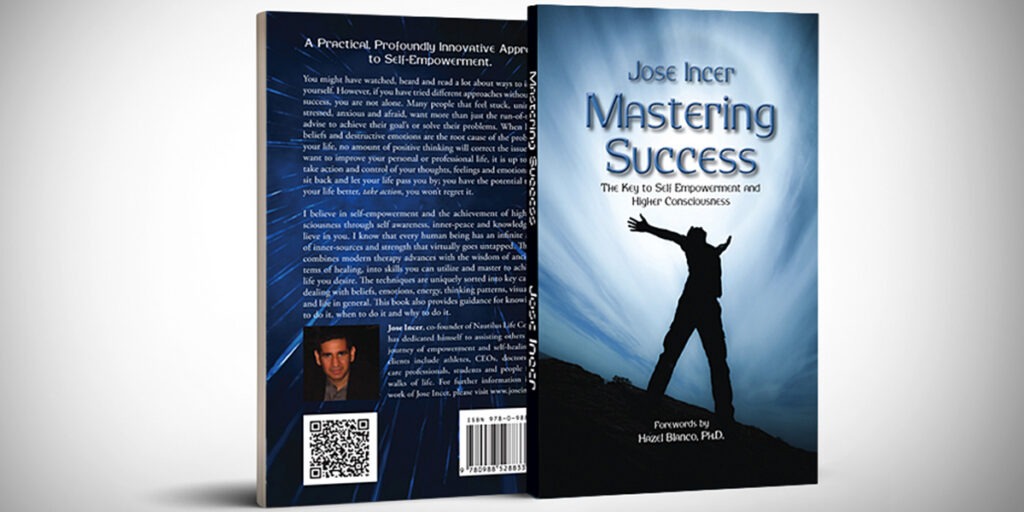Restore Inner Strength: Circle of Calmness and Protection
The Tangled Web of Anxiety and Physical Health
Anxiety disorders are more than just fleeting worries; they are complex conditions that intertwine mental and physical health. The mind-body connection plays a pivotal role in how anxiety manifests, often leading to real, tangible symptoms that affect daily life.
Understanding Anxiety Disorders
Anxiety disorders encompass various conditions, including Generalized Anxiety Disorder (GAD), Panic Disorder, Social Anxiety Disorder, and specific phobias. Each presents unique challenges but shares common threads of excessive fear and behavioral disturbances. These disorders can significantly impair social, occupational, and other important areas of functioning.
The Physiology of Fear
When faced with a perceived threat, the body activates the fight-or-flight response, a survival mechanism involving several physiological changes:
-
Increased heart rate and blood pressure: Prepares the body to respond to danger.
-
Rapid breathing: Enhances oxygen intake.
-
Muscle tension: Readies the body for quick action.
While beneficial in true emergencies, this response can be triggered inappropriately in anxiety disorders, leading to chronic physical symptoms.
The real crisis isn’t just financial, it’s emotional.
Physical Manifestations of Anxiety
Anxiety can produce a range of physical symptoms, often leading individuals to seek medical attention for what they believe to be physical ailments. Common symptoms include:
-
Chest pain and palpitations: Often mistaken for heart issues.
-
Shortness of breath: Can mimic respiratory conditions.
-
Digestive problems: Such as nausea, diarrhea, or irritable bowel syndrome.
-
Muscle aches and tension: Leading to headaches and back pain.
These symptoms are real and result from the body’s response to anxiety, not from imagined illnesses.
The Vicious Cycle: Anxiety and Physical Symptoms
Physical symptoms can reinforce anxiety, creating a self-perpetuating cycle:
-
Anxiety triggers physical symptoms.
-
Physical symptoms cause concern and increased focus on bodily sensations.
-
This heightened awareness amplifies anxiety, leading to more severe symptoms.
Breaking this cycle requires addressing both the psychological and physical aspects of anxiety.
Modeling for Economic Anxiety: Circle of Calmness
When facing economic anxiety, particularly around consumer confidence, the Circle of Calmness and Protection is a powerful NLP to ease economic anxiety and restore inner strength. Begin by closing your eyes and recalling a time when you felt deeply confident and in control, unaffected by external chaos. Let that memory come alive—feel the posture you held, the steadiness in your breath, the clarity in your thoughts, and the grounded emotions that anchored you. Visualize that experience as a glowing circle of calm energy surrounding you. Now, mentally step into that circle, adopting the same body language and mindset as your confident self. Let that feeling of security and certainty rise within you, as if you’re stepping into a protected inner sanctuary. With regular practice, this circle becomes your emotional refuge—a space you can return to anytime uncertainty tries to shake your foundation, empowering you to face challenges with clarity, courage, and composure.
Risk Factors for Anxiety Disorders
Several factors contribute to the development of anxiety disorders:
-
Genetic predisposition: Family history can increase risk.
-
Personality traits: Certain temperaments may be more prone to anxiety.
-
Life experiences: Trauma, stress, and adverse childhood experiences play significant roles.
-
Health conditions: Chronic illnesses can exacerbate anxiety symptoms.
Understanding these factors can aid in early identification and intervention.
Strategies for Managing Anxiety
Effective management of anxiety involves a combination of approaches:
-
Therapy: Cognitive Behavioral Therapy (CBT) helps reframe negative thought patterns.
-
Medication: Antidepressants and anti-anxiety medications can be beneficial.
-
Lifestyle changes: Regular exercise, adequate sleep, and healthy eating support overall well-being.
-
Mindfulness and relaxation techniques: Practices like meditation and deep breathing reduce stress.
Seeking professional help is crucial in developing a personalized treatment plan.
Embracing the Mind-Body Connection
Recognizing the interplay between mental and physical health is essential in addressing anxiety disorders. By understanding how anxiety affects the body, individuals can better manage symptoms and improve their quality of life.







